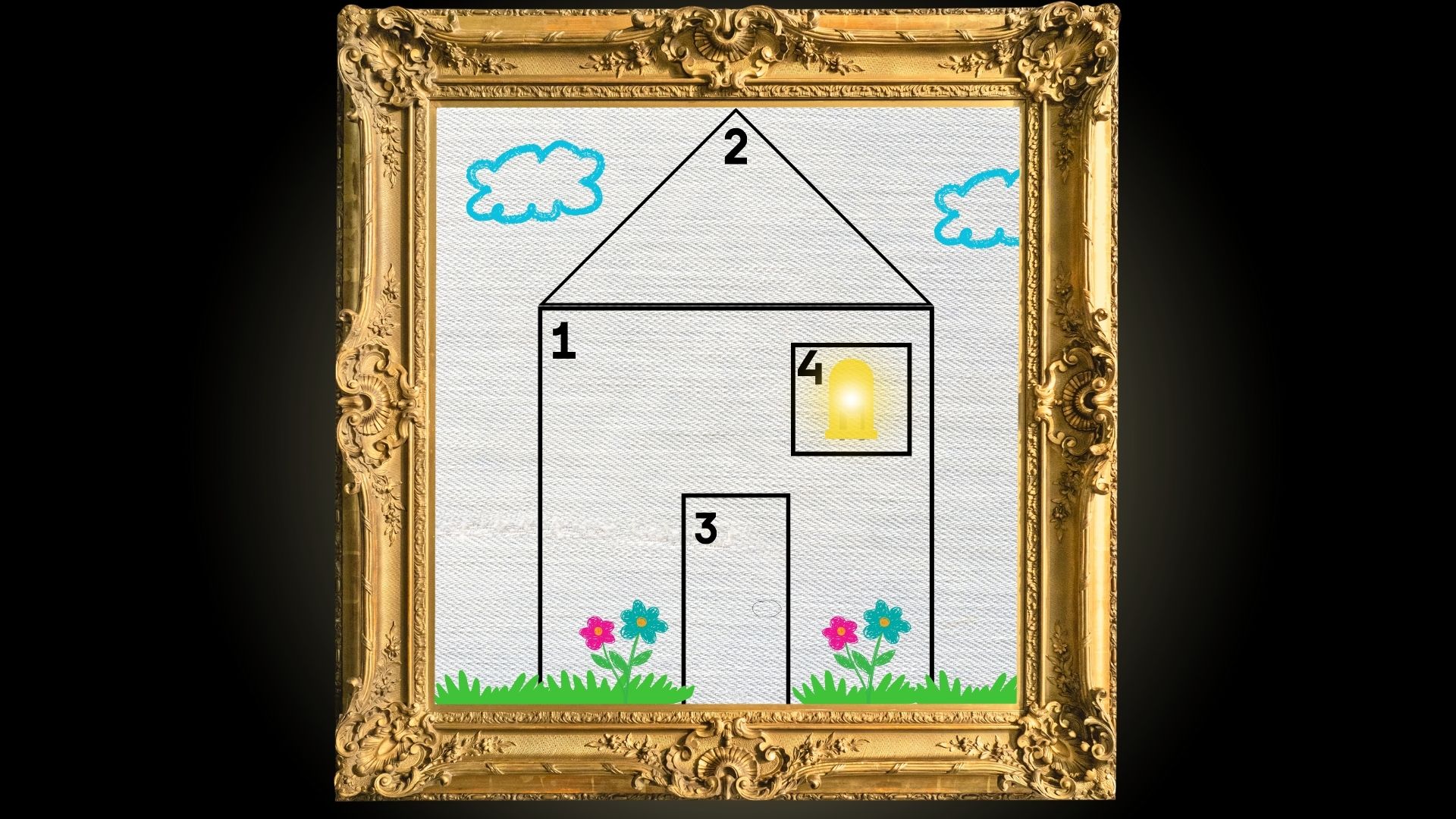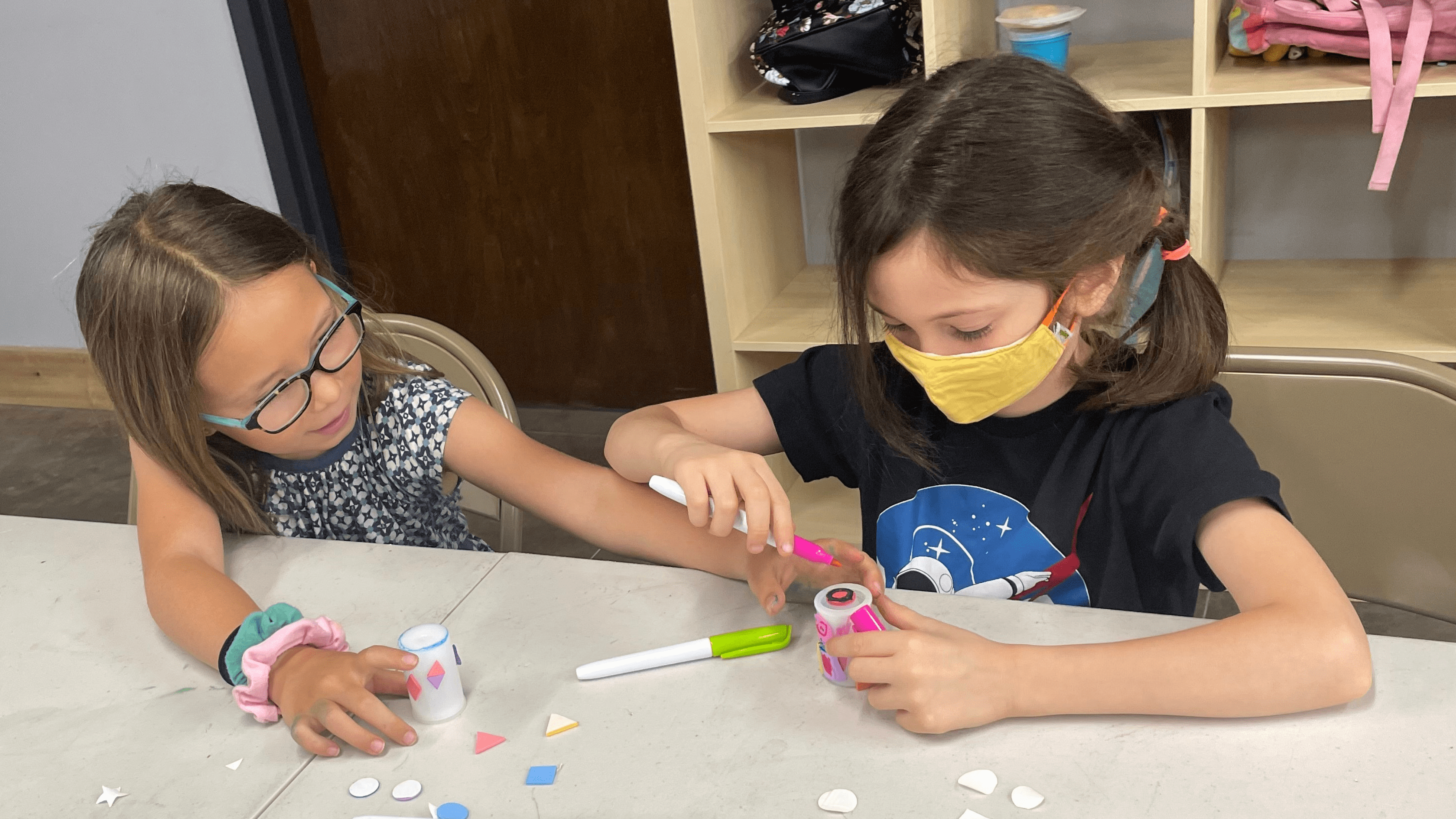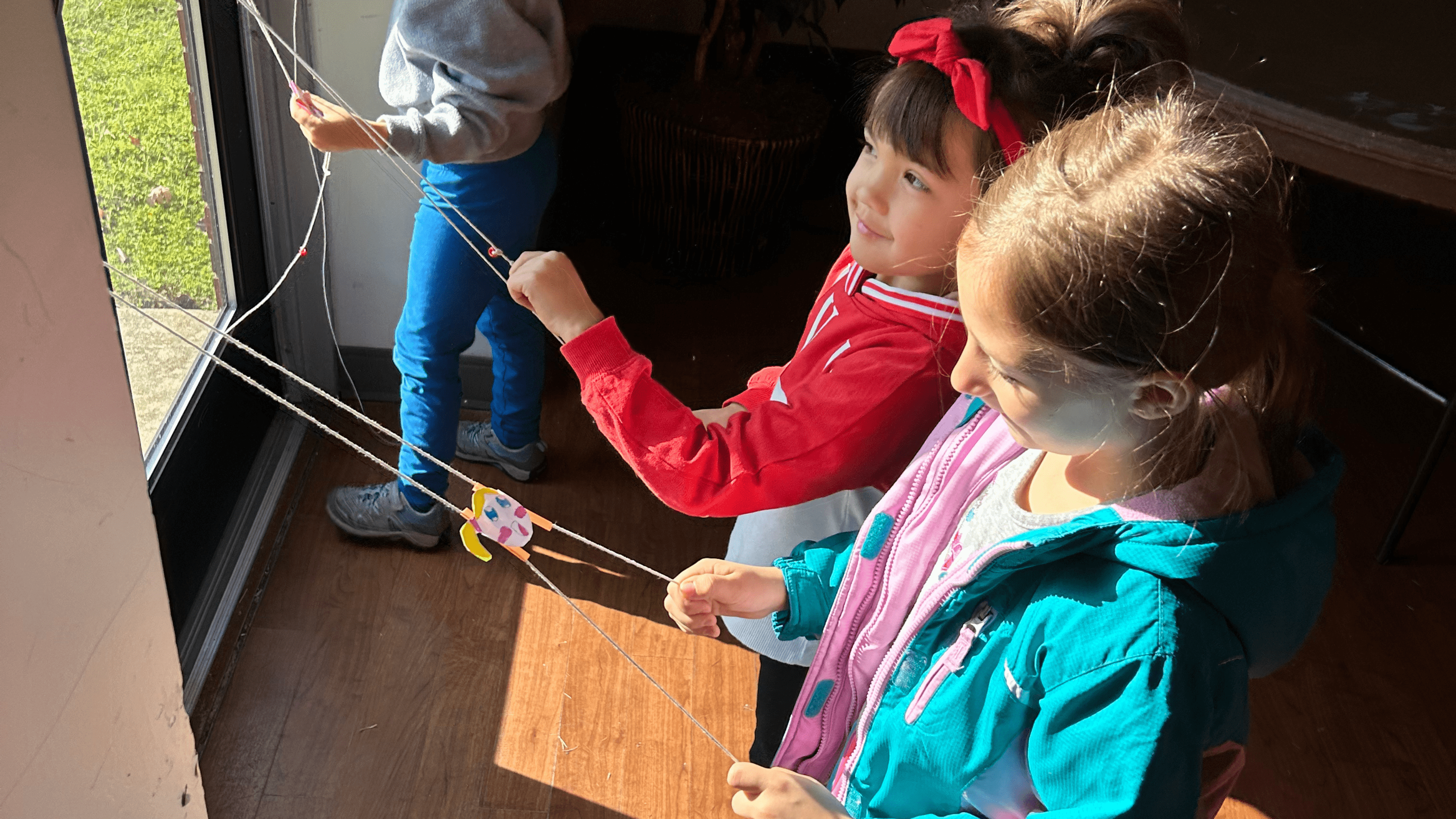Place the palms of your hands on your stomach and take in a big deep breath (inhale). Then let the breath out (exhale). What did you notice? Did your stomach get bigger as you inhaled? Did it get smaller as you exhaled? The average adult breathes in and out (inhales and exhales) 17,000-30,000 times a day! A big reason we are able to take this many breaths is because of a powerful muscle called the diaphragm.
Below your lungs, connected to your ribcage, is your diaphragm. Your diaphragm is a muscle that expands and contracts (gets bigger and smaller) to help you breathe in and out.
Your lungs function somewhat like a vacuum. A vacuum is a space with little or no matter, including air! Because there is very little in the space, the space inside a vacuum has very low-pressure. A partial vacuum, like your lungs, will always have just a little bit of air. (Theoretically, a true vacuum will contain no matter, or air whatsoever. ) The higher-pressure of air surrounding the lower-pressure vacuum, combined with the mechanism of your diaphragm, helps move air in and out of your lungs.
When you inhale through your mouth and nose and the air travels through the trachea, the trachea will ultimately branch into two different parts known as the right bronchi and left bronchi. Each bronchus (singular) will then divide again and again, becoming narrower and narrower. Your smallest airways (bronchi) end in the small thin air sacs known as alveoli. These “balloons” are arranged in clusters. When you breathe in, the alveoli will expand like balloons as air rushes to fill the vacuum. When you breathe out, the “balloons” will relax, moving air out of the lungs.
As you breathe in, the alveoli will expand like balloons as air rushes to fill the vacuum. When you breathe out, the “balloons” will relax, moving air out of the lungs. At the same time that these balloons fill, your diaphragm pulls down helps create more space for air to flow into your body. Then as you breathe out, your diaphragm relaxes after all its hard work and the smaller space pushes air back out of your body.
Want to duplicate this experiment at home or in your classroom? Watch the video for an overview and follow the instructions below!




